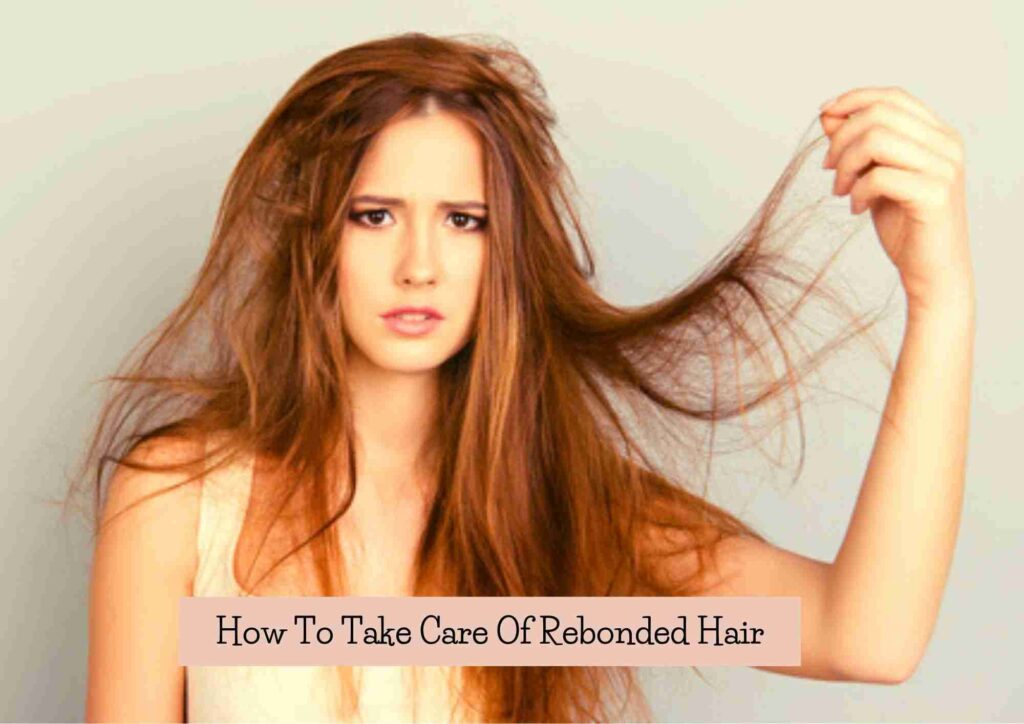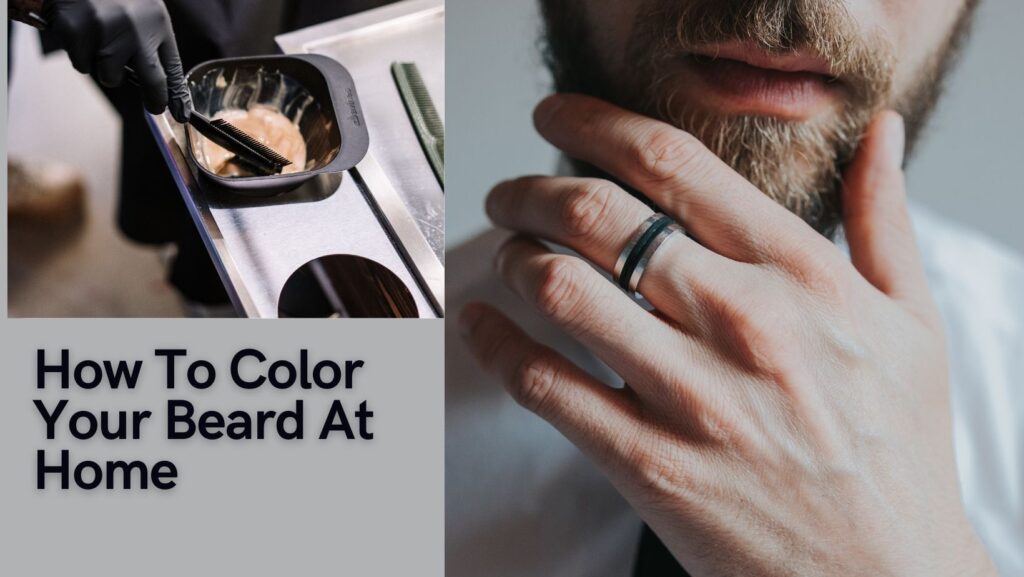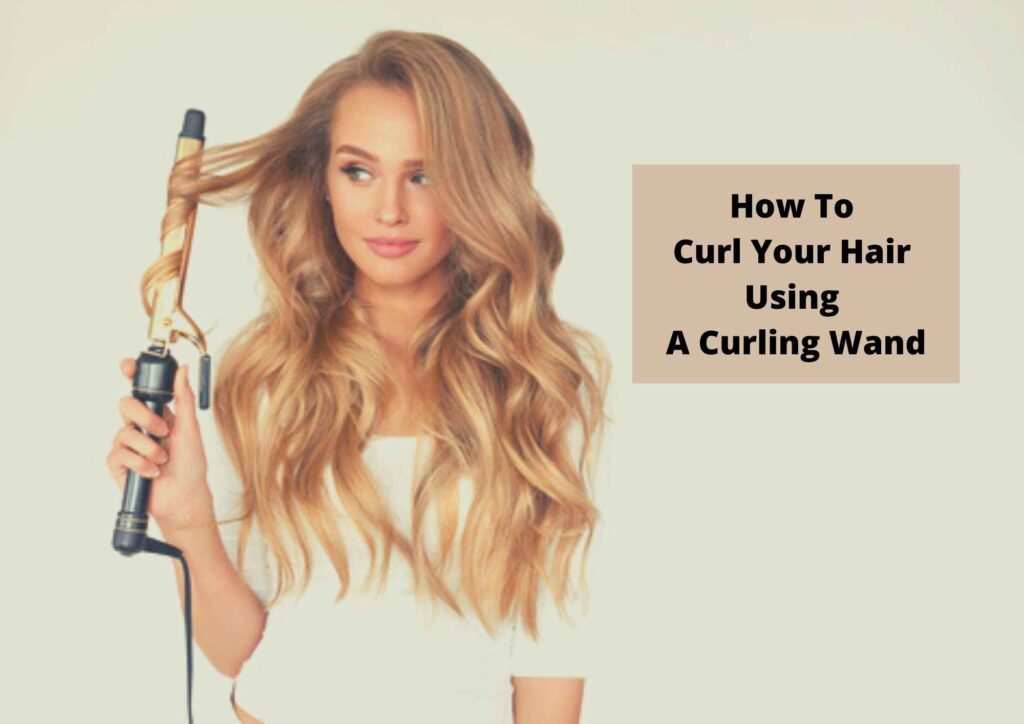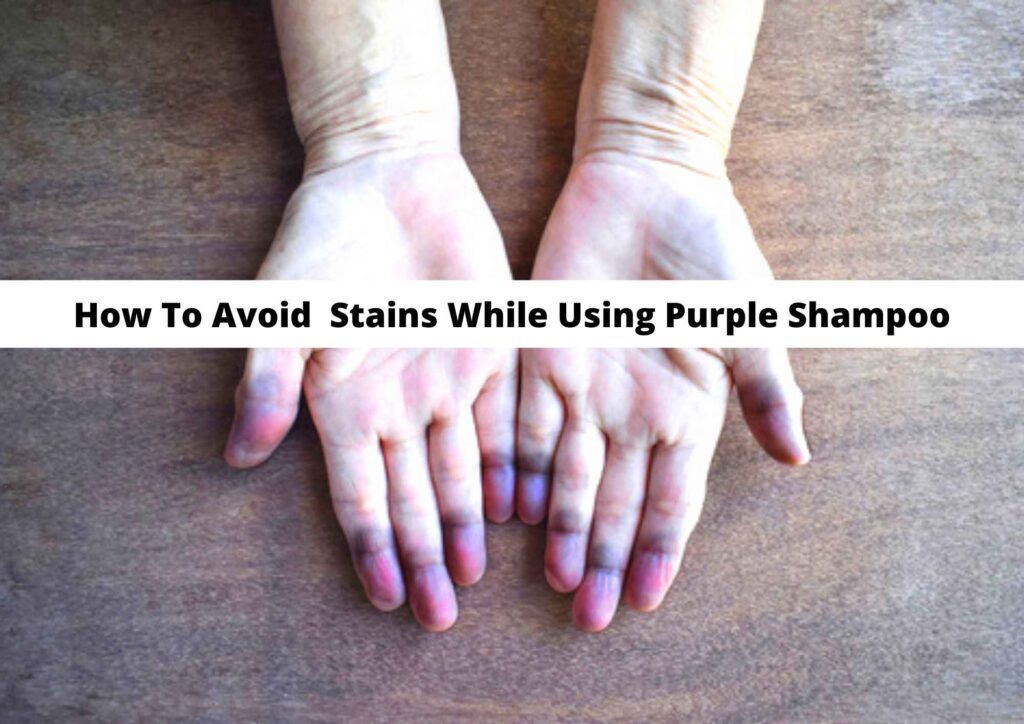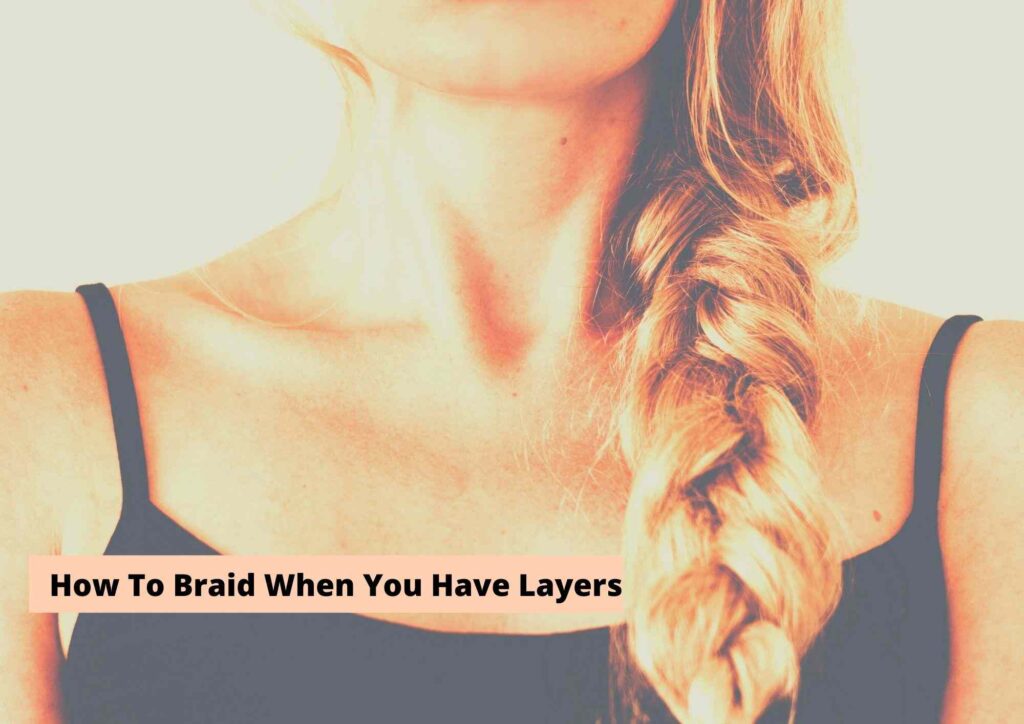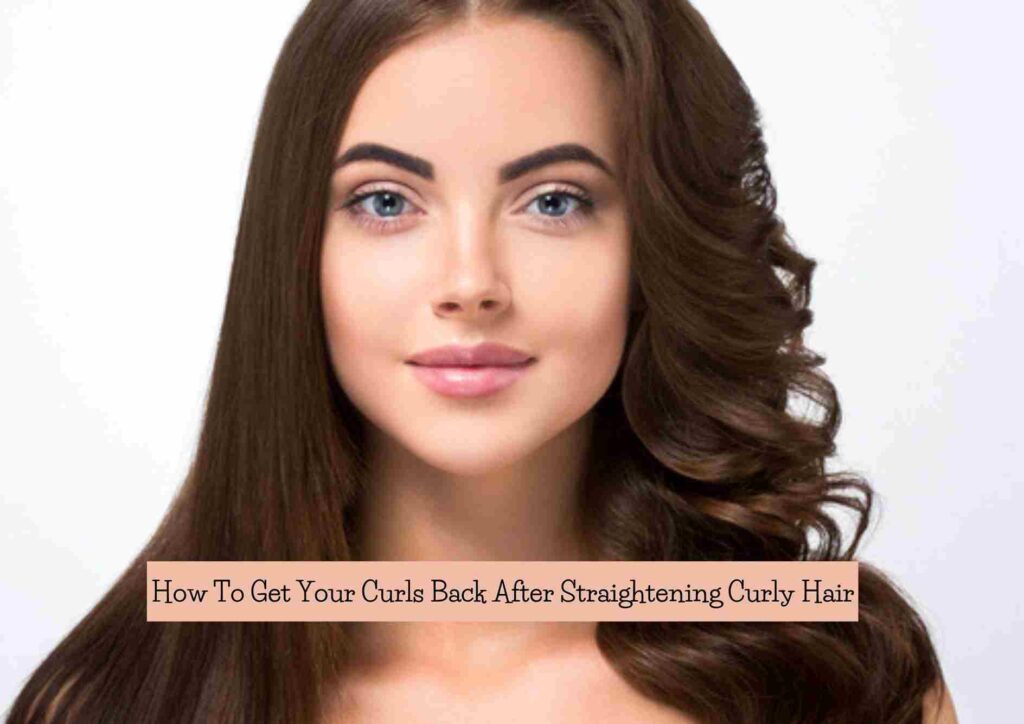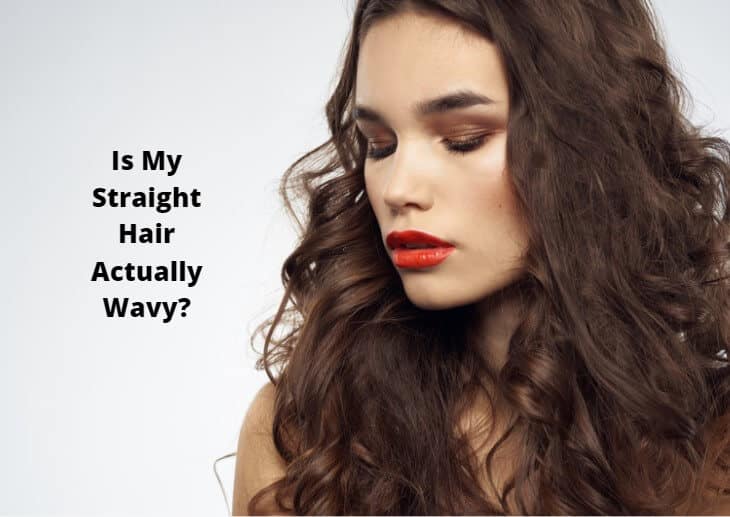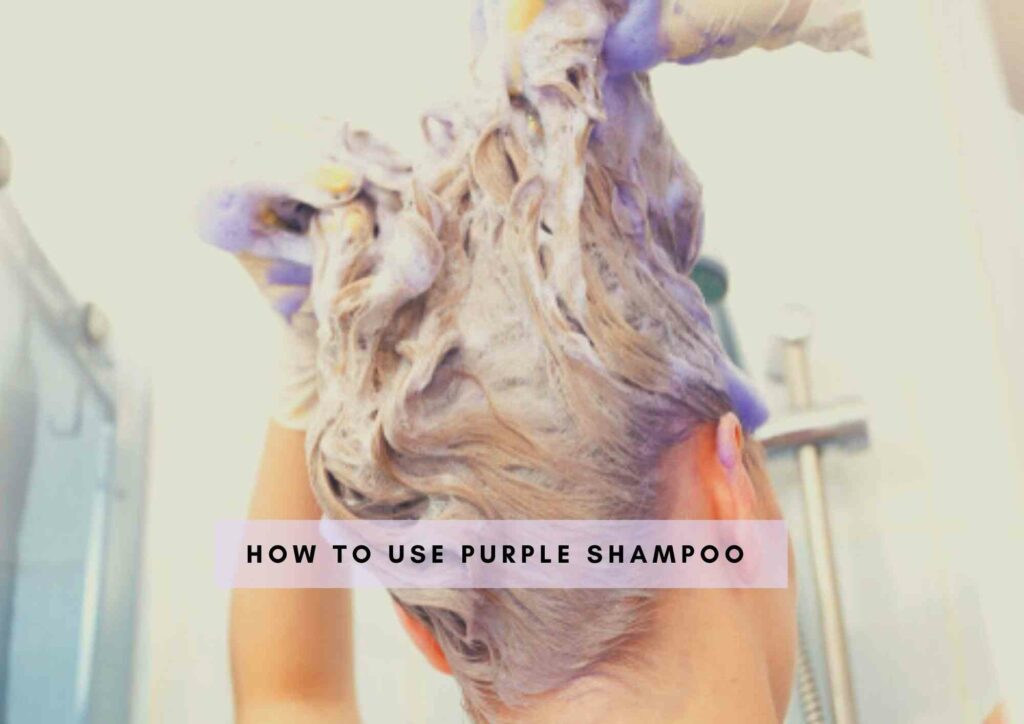Learn how to take care of rebonded hair including how to sleep with rebonded hair. Also check out the best oil treatment and shampoos for rebonded hair.
A lot of women prefer to do rebonding treatment as the time, money and effort involved in styling and caring for curly hair can be daunting. Unfortunately getting your hair chemically treated and rebonded many times can actually leave it dry and damaged.
So it’s very important to learn how to take care of your rebonded hair so you can get the best out of these treatments.
Learning proper care will also ensure that these treatments last longer and your hair doesn’t have to undergo rebonding often, preventing damage in the long run.
At A Glance:
Here’s what our medical expert Dr Adeela Anees had to say about rebonded hair and the best practices involved in taking care of it.
- Dr Adeela Anees says “The best way to take care of rebonded hair is to use products specifically designed for chemically treated hair.”
- She also adds that you need to “look for shampoos and conditioners that are sulfate-free, as well as those containing natural oils like argan or coconut oil to help keep hair moisturized“.
- According to her, you should also, “Avoid using heavy styling products, like mousse, gel, or wax, as well as heating tools like blow dryers, flat irons, or curling irons.”
- She continues, “It’s also important to remember to stick to a regular trims schedule, usually every 6-8 weeks, as well as avoid excessive brushing, which can lead to breakage.“
- “It’s also important to protect your hair from the sun’s damaging UV rays by using a sunscreen or wearing a hat when out in the sun.”
- Lastly, she adds “try to drink plenty of water and eat a healthy diet to ensure that your hair has enough of the essential nutrients it needs to stay healthy.“
What Is Hair Rebonding
Hair Rebonding is a hair treatment that helps to permanently straighten frizzy, unmanageable curls and make them smoother and straighter.
It is accomplished by breaking the hair bonds of the affected area and then using heat or chemicals like ammonium thioglycolate to re-bond the hair in a smoother, straighter shape.
This treatment is commonly used on people with naturally curly, kinky, or wavy hair. The results last several months to several years, depending on hair type, lifestyle, and maintenance care.
How Is The Process of Hair Rebonding Done
When it comes to achieving the sleek, attractive look of glossy, straight hair, hair rebonding is one of the most popular and effective methods.
This process may seem complex and daunting, but it involves a few simple steps that can get your hair looking smooth and hassle-free. So, let’s explore how to get your strands rebonded.
The first step of the hair rebonding process is to detangle the hair and separate it into sections. The hairdresser will then apply a solution that helps to break down the hair’s active proteins, allowing them to be reshaped.
Depending on the texture and thickness of your hair, the solution is left on for varying amounts of time. You may feel slight tingling, but this shouldn’t be uncomfortable or cause pain.
Once the solution has been left on long enough, the hairdresser will rinse it thoroughly, then apply a second solution that helps to “re-bond” your hair. This second solution will penetrate deep into the follicle to help create a strong and lasting bond that will give you long-lasting, straight hair.
Again, the amount of time this is left on depends on your hair type and thickness, so the hairdresser should provide an appropriate estimation of the time needed.
Once the second solution has been left on for the appropriate amount of time, it’s time for the flat ironing stage – essential for anyone hoping for smooth, glossy hair.
The hairdresser will work the flat iron through the strands in sections, gradually shrinking the hair’s cuticle and providing a sleek look. If you feel your hair is too flat or lacking volume, a suitable volumizing technique can also be applied.
Finally, a neutralizing solution as applied to seal the chemically-processed hair and make sure the look last as long as possible. This solution will protect your locks from environmental elements and ensure they stay in shape, whether on a hot, humid summer day or a cold winter night.
Once the solution has been rinsed out, the hairdresser will blow-dry your hair and add a finishing shine before giving you a new stylish look to rock with confidence.
As intimidating as the hair rebonding process my seem at first, with the right person and the correct technique it can make all the difference to your hair. Not only is it incredibly convenient and fast, but it can help you maintain an effortlessly attractive look with minimal maintenance.
What Are The Side Effects of Hair Rebonding
One of the most popular hair styling treatments seen in modern day salons is rebonding, or chemical straightening. IHowever, no matter how great the results may look, it unfortunately has a few side effects.
The most common side effect, especially after recently rebonding your hair, is frizziness, as natural curls and waves gradually start to come in between re-touching cycles.
This is due to the chemicals used to break rebel proteins in the hair to straighten it. If you are someone who values the sleek look, it can be extremely annoying to have to deal with unruly flyaways on a daily basis.
Another side effect of rebonding is extremely dry hair, as the chemicals used for breaking proteins also strip your hair of its natural oils.
While this dryness tends to become more manageable with time, it’s important to keep in mind that you’ll need to use a specialised shampoo and conditioner designed for damaged, colour-treated and chemically-treated tresses to ensure that your hair stays hydrated. Additionally, a frequent and regular deep-conditioning treatment is also essential to keep your locks glossy and nourished.
Another issue is the breakage that often accompanies rebonding treatments. As in any chemical process, your hair can be subject to damage from the very harsh chemicals.
It is important to remember that not all hair textures can handle excessive chemical abuse, so it is recommended that you consult your stylist about the best course of action for your particular hair type beforehand.
Finally, another side effect of rebonding is that it prematurely ages your hair, making it look thin, lank and overall lifeless. This is because it strips away the natural proteins and moisture that gives your hair its texture and shine.
To combat this problem, you should ensure that you get your ends chopped regularly to get rid of any split ends and consult your stylist about suitable protein treatments and deep-conditioning treatments to keep your hair looking healthy and vibrant.
Overall, rebonding can add definition and drama to your look if done right, but it important to remember that safety should always come first. Give your hair ample time to recover after each rebonding session and ensure that you follow a strict hair care regimen.
Additionally, know your hair’s strengths and weaknesses to determine if rebonding is right for you. Taking care of your hair before and after a rebonding session is key to preserving its health!
How To Take Care Of Rebonded Hair
In this article, I’ve mentioned a few simple steps you can take to ensure your rebonded hair is taken care of and that your new hair texture lasts longer.
Avoid Washing Your Hair Too Often
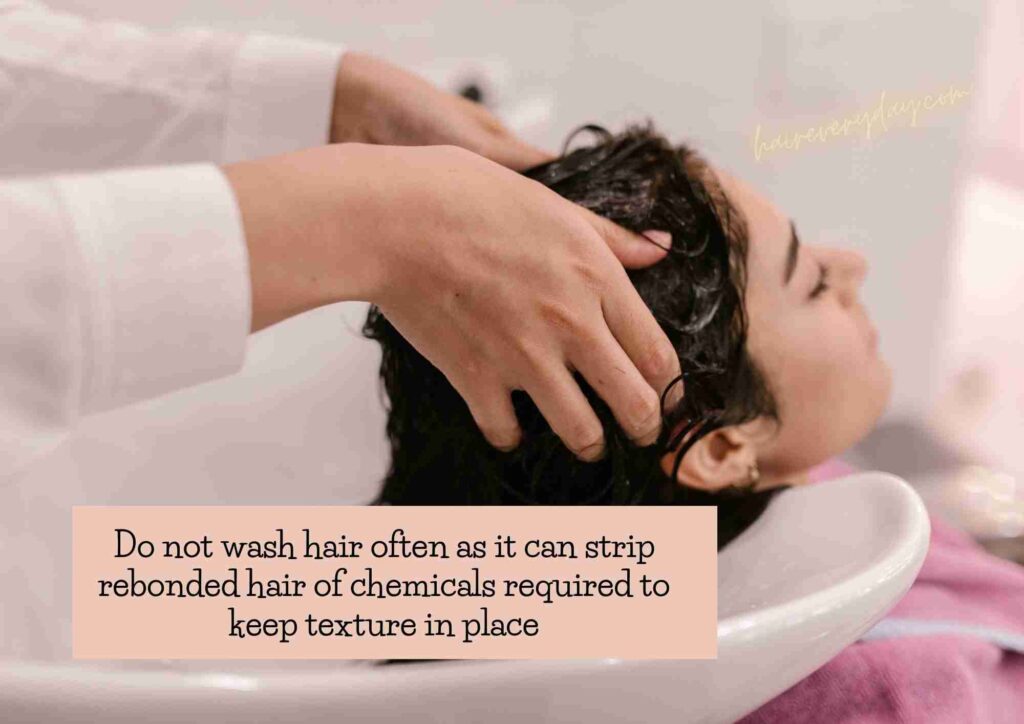
It is actually recommended you do not wash your hair at least 72 hours after getting any sort of rebonding treatments. As Elle Woods so triumphantly explains at the end of legally blonde.
Doing so can wash away the chemicals that help rebond hair and can leave your hair a mess.
But so will washing your hair too often after the said 72 hours have passed.
Shampoos (especially the ones that contain sulfates or other harsh surfactants) can not only strip hair rebonding chemicals but also dry out hair further by removing any sort of moisture.
Rebonded hair is already prone to dryness so this would be very unpleasant indeed and can lead to frizz and breakage.
Always Use A Sulfate-Free Shampoo on Rebonded Hair
If you do need to wash your hair I always recommend products that are completely sulfate free. These do not contain surfactants called Sodium Laureth Sulfate and Sodium Lauryl Sulfate and are much milder.
They will cleanse your scalp and hair without removing their natural oils or getting your rebonded hair out of shape.
I also suggest using a sulfate-free shampoo that is specially formulated for rebonded hair as that will contain more of nourishing ingredients like keratin protein, vitamin E and biotin to help replenish nutrients lost during rebonding process and also to repair hair.
Replace Hot Water With Cold Water While Showering

As I’ve mentioned before the rebonding process involves the use of strong chemicals and sometimes even heat. So it can leave hair dry and prone to damage.
Hot water can further damage your already-fragile rebonded hair by opening up hair cuticles and making them more vulnerable.
These open hair cuticles make hair look frizzy and lackluster too.
So I always recommend using cool water while washing your rebonded hair.
During winters you can use lukewarm water but just try to finish off with cold water once to seal your hair cuticles and retain shine.
Do Not Use Tight Hair Ties Or Clips on Hair
Just like with washing your hair till 72 hours after getting a rebonding treatment, there is also a taboo against wearing hair types and clips.
When your hair is newly rebonded it’s still malleable in nature. Meaning, your hair strands do not have a definite structure or texture and are in the process of transition.
If you wear a hair tie on newly straightened curly hair for example, it can leave a kink or a crease in the hair making it look unsightly.
So avoid using hair ties for a while after rebonding and make sure you’re not going to sleep with hair ties either.
Even later, it’s best to avoid elastic-based hair ties that are very tight or cause friction on hair as they can cause fragile rebonded hair to break.
Related: Best Protein Hair Masks for Damaged Hair
Avoid Coloring Or Bleaching Rebonded Hair

Look, in today’s world your hair goes through a lot! Rebonding, coloring, pollution, use of harsh products. Having to deal with multiple of these things at once can cause it to break… literally.
Rebonded hair is already saturated with chemicals so using bleach on these strands is madness.
To avoid overprocessing your hair I’d suggest giving it at least six months between rebonding hair and applying any sort of color on it.
Trim Hair Every 6-8 Weeks To Avoid Split Ends
It might sound counterintuitive but the key to healthy hair (not just healthy rebonded hair) is to keep trimming it every 2 months or so.
If you’re someone whose hair grows out faster, you can even go in for a trim every 6 weeks.
This will ensure any split ends won’t travel the length of your hair upwards and damage will be quite literally nipped in the bud.
However, I wouldn’t suggest going in for a complete makeover while you have rebonded hair as certain haircuts won’t show that well on rebonded hair as compared to your regular hair texture.
Do Not Often Use Heat Styling Tools On Rebonded Hair
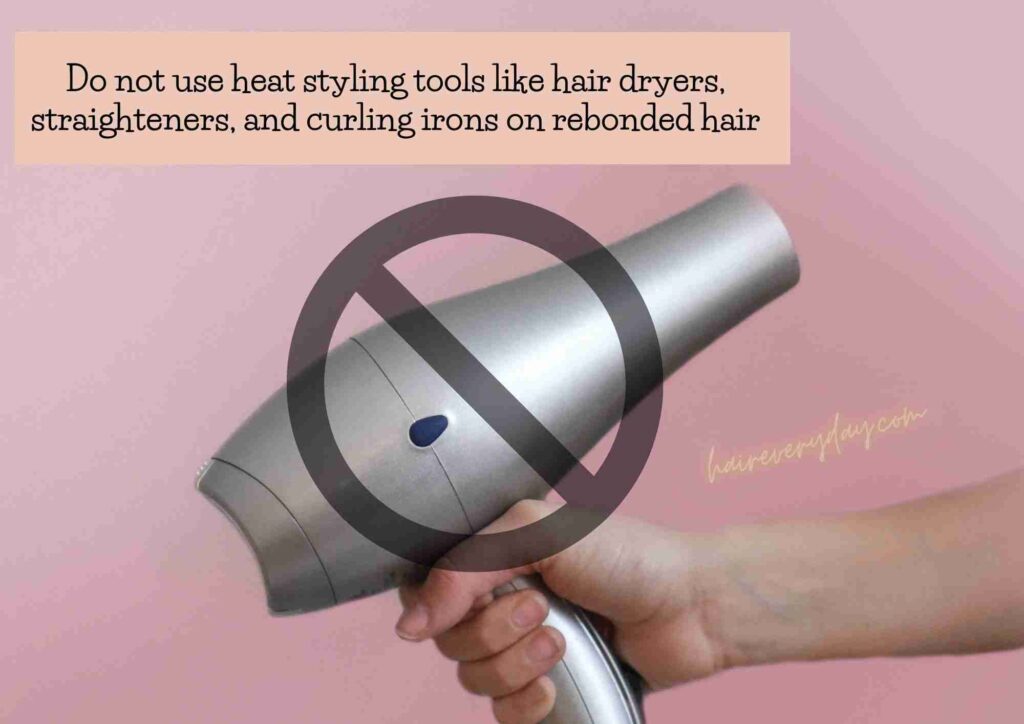
Again, the key to having healthy, long-lasting rebonded hair is to minimize the damage on it as much as possible.
So you won’t use any heat styling tools on rebonded hair for the same reason you wouldn’t use any hot water – heat is damaging!
I’d suggest not using heat styling tools like curling irons or straighteners on hair. And also it’s best to keep even blow drying to a minimum.
Towel drying your hair gently with a microfiber cloth and then letting it air dry is the best way to avoid damaging hair with a blow dryer.
If you have to use a blow dryer, make sure you use a diffuser or a cold-air setting.
Deep Condition Your Hair Often
One of the best ways to keep rebonded hair healthy is to use deep conditioning masks on your hair.
These masks contain ingredients that are rich in vitamins and protein that your hair sorely needs after undergoing chemical processing.
If you don’t want to use store-bought hair masks you can opt for DIY hair masks using coconut oil, aloe vera, shea butter and other nourishing ingredients like these.
Pro tip: When applying a hair mask, cover your hair with a hot towel or an electric cap. The heat will ensure that the mask penetrates into the strands better.
How To Take Care Of Rebonded Hair While Swimming

I strongly advise against swimming in a chlorinated pool when you have rebonded hair. The chemicals in the pool can react very badly with the chemicals used for rebonding treatments.
Most stylists say to wait at least a fortnight after rebonding your hair to go for a swim. Also, you can follow these measures to keep hair protected.
- Wear a swimming cap when going into the pool
- Use a pre-swim treatment that will shield hair against chlorine
- Apply a coat of hair oil or conditioner of any other sort to hair to form a barrier between pool water and hair
How To Sleep With Rebonded Hair
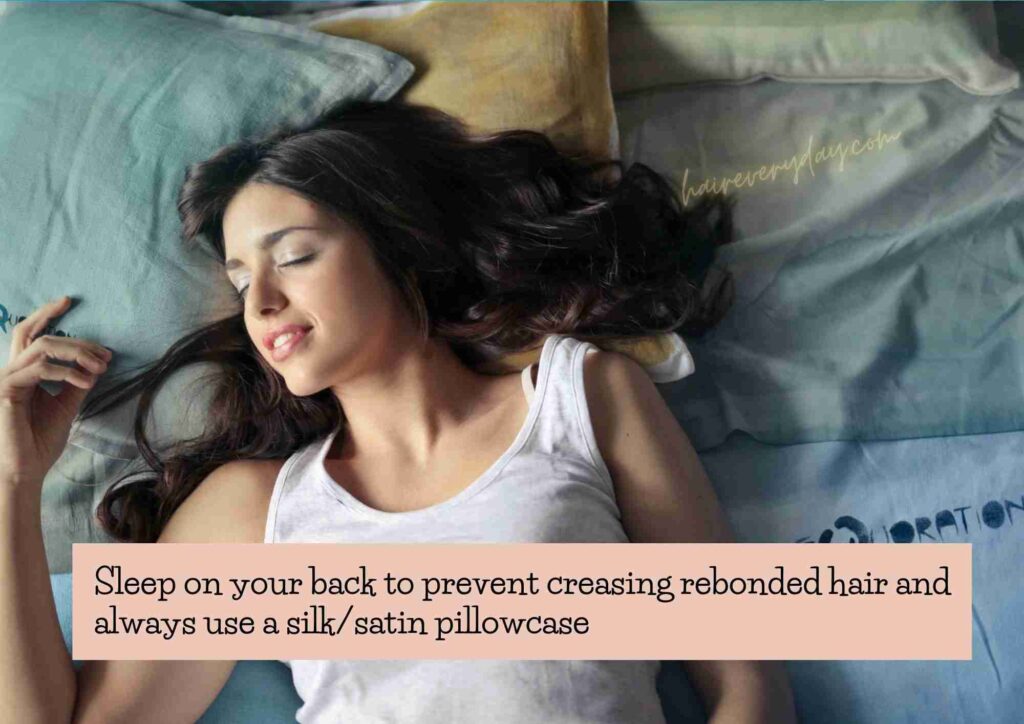
Sleeping with rebonded hair can be tricky especially during the first 3-4 days. It’s highly recommended you do not do anything in this time period that can crease your hair which is highly possible during sleeping.
If you want to learn how to take care of rebonded hair while sleeping here’s how you can do it:
- Sleep with hair open: Hair ties are forbidden anyway when you’ve newly rebonded your hair as they can cause your hair to get creased in the middle. But it’s best to not braid or use a scarf to tie hair either. Just sleep with hair fanned out in the back.
- Sleep on your back instead of your side: Hey I’m a restless sleeper too so I do know how difficult it is to lie still in one position. But sleeping on the side increases the chances of your hair getting messed up. The friction between your pillowcases and hair increases in this position so better avoid it.
- Get silk/satin pillowcases: Speaking of pillowcases, I highly suggest investing in a silk or satin pillowcase for your hair. Normal cotton or polyester pillowcases have long fibers that tangle in your hair and cause friction. They are also super absorbent and can cause moisture loss from hair.
- Get a Bonnet: Using a bonnet or a sleeping cap (again made of satin/silk) is also a good idea. This is especially true if you’ve gone from straight hair to curly hair ie. if you’ve got a perm.
Conclusion
A lot of people shy away from rebonding treatments for fear of damage, but let me tell you that if done and maintained well, rebonding can be so helpful!
It’s not so much different than, say , bleaching or dyeing your hair often. Although experts do recommend you do not do both coloring and hair rebonding at the same time (there’s only so much your hair can take!)
Following these steps is essential but the best way to get healthy, rebonded hair is to use the right products.
So look for protein-enriched shampoos and hair masks that are specially formulated for rebonded hair and can help repair damage incurred.
Also Read:
Difference Between Hair Rebonding And Hair Straightening
How To Fix Hard Water Hair Damage
To Summarize

